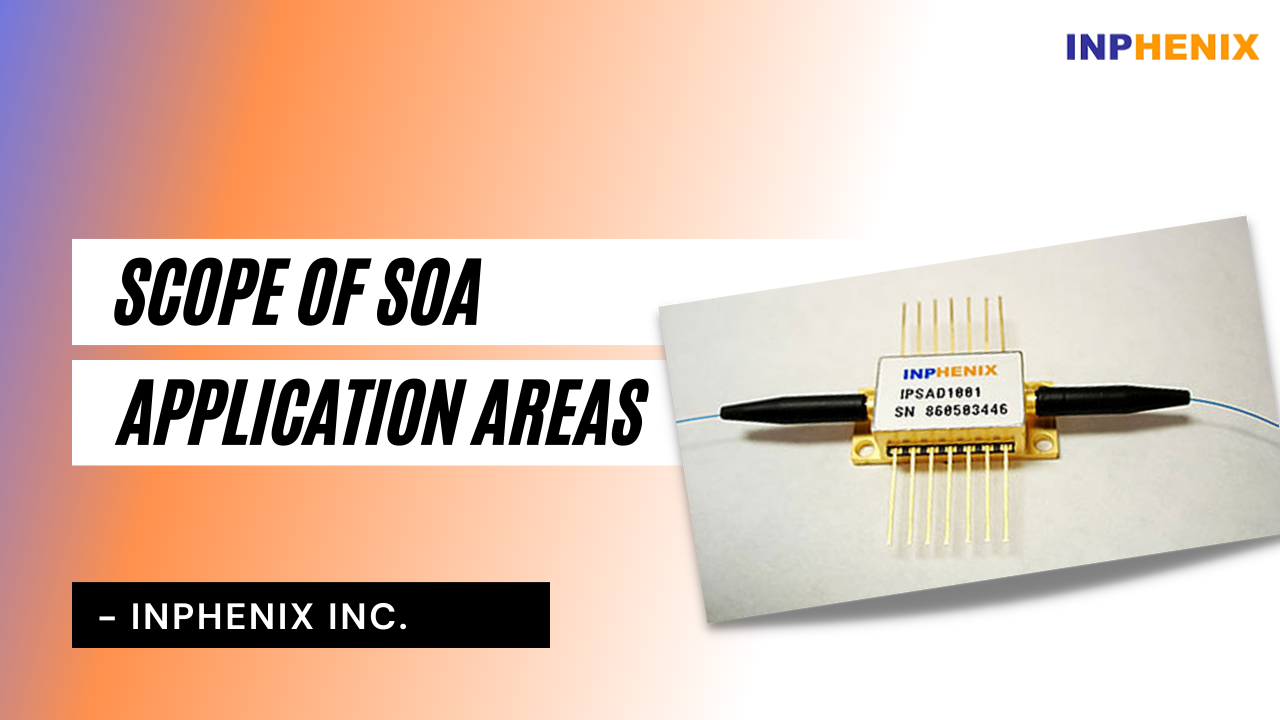Advantages Of Semiconductor Optical Amplifiers
Introduced in the 1990s, the optical amplifier gave new dimensions to the regenerator technology and opened new opportunities to the WDM (Wavelength Division Multiplexing) technology as well. Mainly, it is used for directly amplifying an optical signal without having to convert it into an electrical signal. As you may already know, there are several kinds of optical amplifiers including erbium-doped-fiber amplifiers (EDFAs), Raman amplifiers, and the popular semiconductor optical amplifiers (SOAs). Semiconductor optical amplifiers make use of a semiconductor as a gain medium. These are specially designed to increase the optical launch power in order to compensate for the loss of optical devices in general applications. SOAs are frequently used in telecommunication systems as fibre-pigtailed components that are capable of generating gains of a maximum of 30 dB and usually operate at signal wavelengths ranging from 0.85 µm to 1.6 µm. Advantages of SOAs: 1. Semiconductor optical amplifi...





